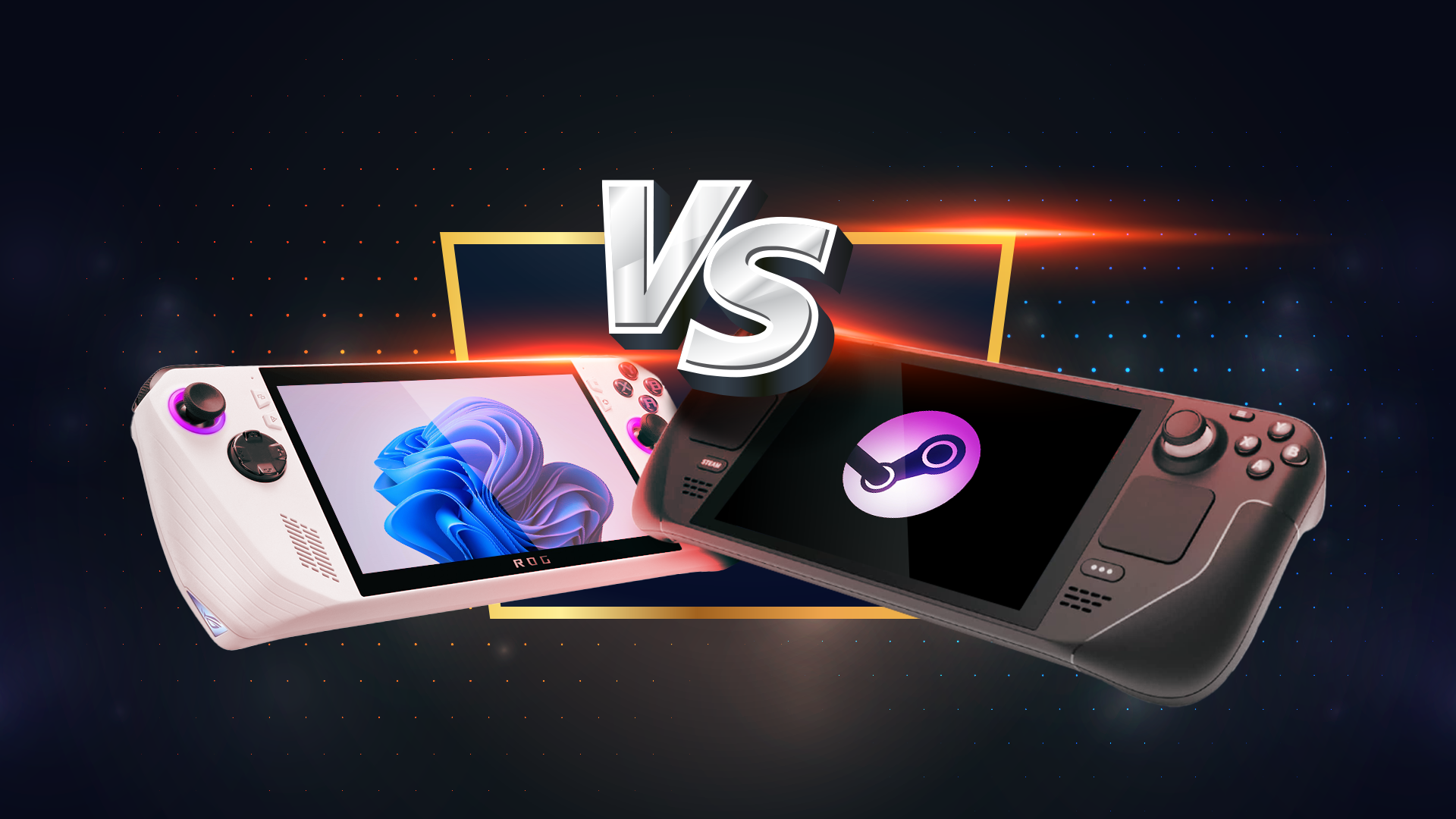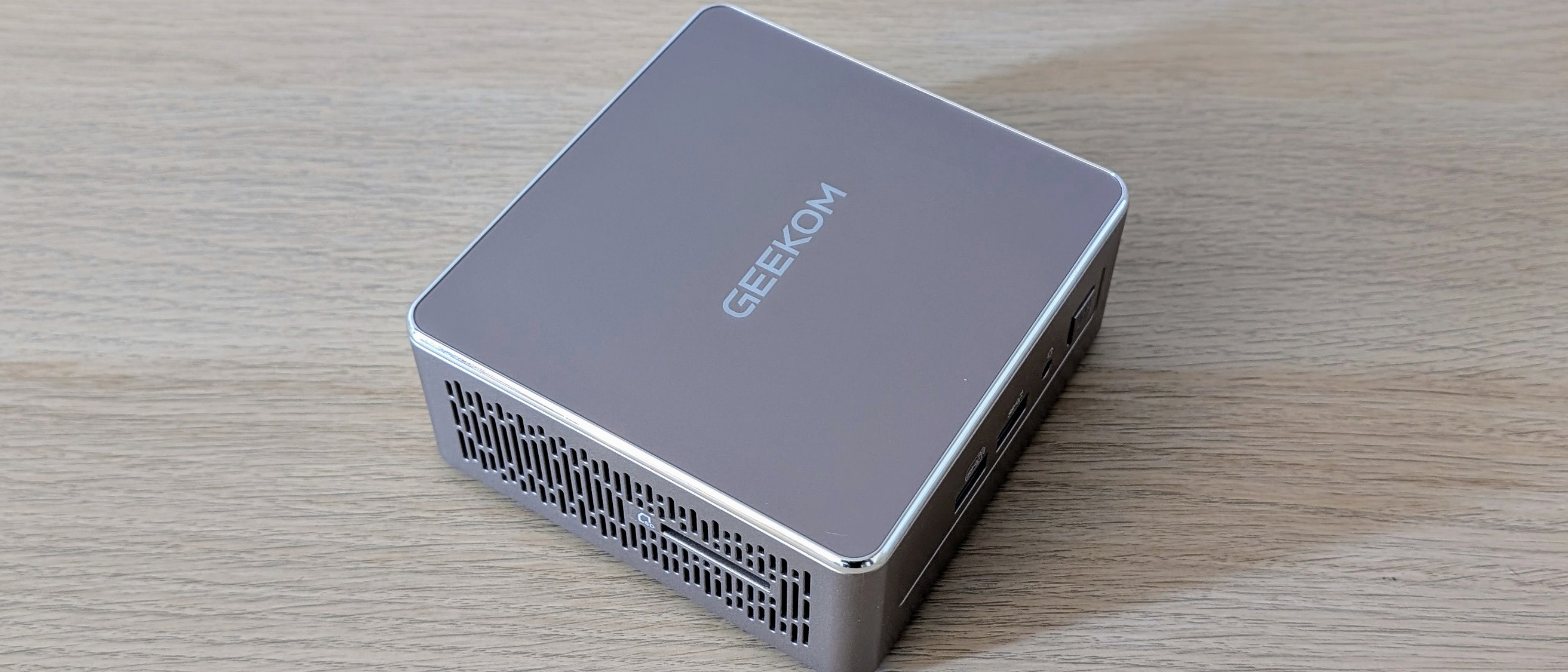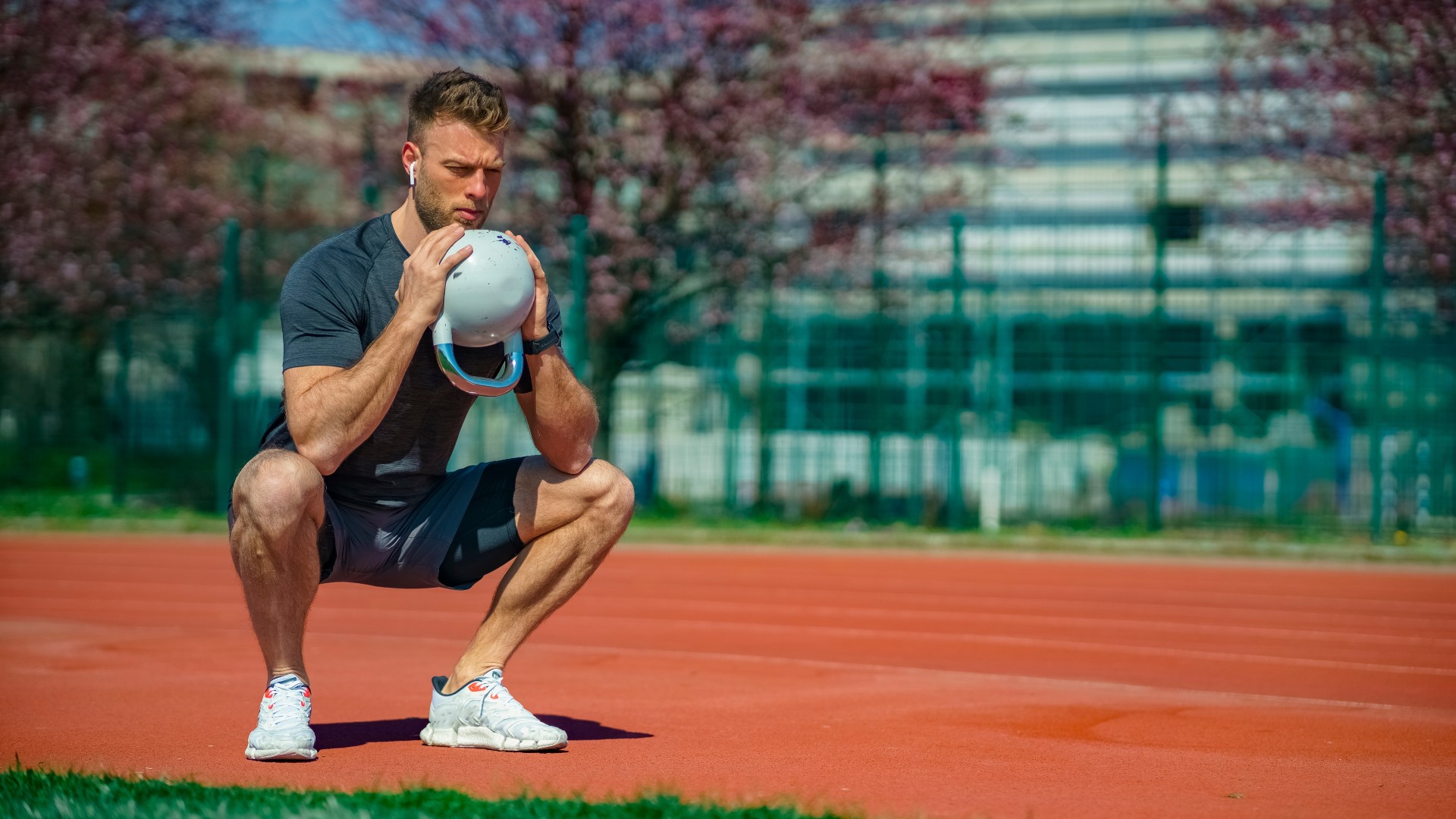Five Features I’d Look For in a Robot Vacuum Right Now

We may earn a commission from links on this page.
I’m frequently asked for recommendations on what robot vacuum to get. While I’ve got favorites, I usually respond with a list of features I’d look for. Each year, robots get so much more advanced that these features change. But if I were buying a robot vacuum tomorrow (or in the next big sale), here’s what I’d look for.
Unless you’ve got wall-to-wall carpet, get a vacuum/mop combo
Generally, people shy away from combo products because each new functionality is an additional feature that can break. There’s also a belief that one of the features won’t be as good as the other. For a while, expecting the vacuum and mop to be equally great on robot vacuums was unreasonable, but that’s not true anymore. Furthermore, starting in 2024, robots had AI added to their little robot brains that stopped toggling between vacuuming and mopping—instead, it identifies dirt/detritus, and uses whatever tools it has to fix the problem. The mops have become leagues better than they were,too. One favorite in this regard is the Dreame X50.
Robots that only vacuum aren’t even cheaper most of the time. For every vacuum, there’s a vacuum/mop combo in the same price range. Unless you’re only working with carpet in your home, get the robot equipped with the most tools for handling your floors, which means a combo.
Get a robot that can reach
Eureka J15 Ultra reaching sweep and mop pads
Credit: Amanda Blum
Robot vacuums are generally 11- to 14-inch pancakes of various shapes that surf your floor. In a big open space, they work well, floating over floor debris and stains and cleaning them. But a few years ago, robots were struggling to get up close to the wall and/or to other objects on the floor. This left a band of debris there, so new robots started coming out with sweeps and mops on arms that can reach out from under the robot and get closer to areas the robot can’t. Over the last two years, the reach has become long and more accurate, so in most cases, modern robots can get up close to walls, but their arms can reach into areas the robot can’t reach. Even the Dyson 360 Vis Nav, which I didn’t particularly like, had a very effective side extension that got up to the wall. Robots like the Roborock Saros 10R and the Eureka J15 Ultra have very effective extending arms.
The dock matters as much as the robot
Much attention is paid to the robots themselves: their suction power, their mop pads, how low to the ground they are, if they can climb stairs. However, the dock is an equal partner in how well your vacuum works. To keep your robot functioning at peak performance and to keep your life easier, you want to look for specific features. I recommend docks that have removable trays in the base, so you can pull them out entirely to clean, rather than getting on the floor and trying to shove your hand into the back of the dock to try and clean it, as you had to on pre-2024 models. All modern Roborock models have this, as did the Eureka J15. But not all vacuums do.
These days I also look for docks with a receptacle for cleaning fluid. This will auto-inject the cleanser into each batch of fresh water, so you don’t have to manually add it. In the best case scenario, this is a container you can refill with cleanser of your choice (like the Eureka J15), instead of a disposable, proprietary cleanser cartridge from the company (as with the Dreame models).
Lastly, I cannot stress enough how important it is to check the water capacity of the dock. On both Narwal models, the Freo Z and the Freo X, I had to replace the water after every single run of the robot, making it much less autonomous.
What do you think so far?
The roller design translates to how autonomous your robot will be

Split roller design on Saros 10
Credit: Amanda Blum
Underneath all robots are the rollers, which are either singular or double, and are what sweeps debris off the floor and into the robot itself, aided by the suction power of the robot. The rollers are also where hair gets caught, debris gets stuck, and paper clogs the robot. The design of these rollers has changed dramatically over the years, but the most effective rollers I’ve seen recently were the Roborock split design, where two rollers did not meet in the middle, giving debris an easier passage into the robot. I saw this design on the Saros 10 and the Saros 10R.
While the roller on the Dyson 360 Vis Nav was also great since it featured big fluffy brushes on the roller, the robot sat so low to the ground that a lot of debris could not be accessed by the roller, and was pushed around instead.
Rollers with silicone fins—which most older models (and all Roombas) sport—are easily sliced through by human and dog hair, meaning they need to be replaced often.
A lifting chassis will make the mop more effective

Dreame x50 lifting chassis
Credit: Amanda Blum
Much emphasis is placed on robots that can “climb,” which will hopefully become robots that can climb stairs. The closest we’ve come so far is the Saros 10 and the Dreame X50, both of which can surmount a threshold of a few inches (the Dreame did a far more competent job of this). More important than climbing, the technology robots use to lift themselves, where the front of the robot chassis is lifted, exerts pressure on the backend of the robot, where the mop is. This has a much needed effect of helping the mop pads dig into the grime on the floor, allowing for more contact and pressure. While most robot mops glide over floors, and can get up surface stains, particularly wet ones, they struggle with grime. But robots like the Saros 10 and Dreame X50 did a better job than other mops because of the pressure put upon the mop pads.











